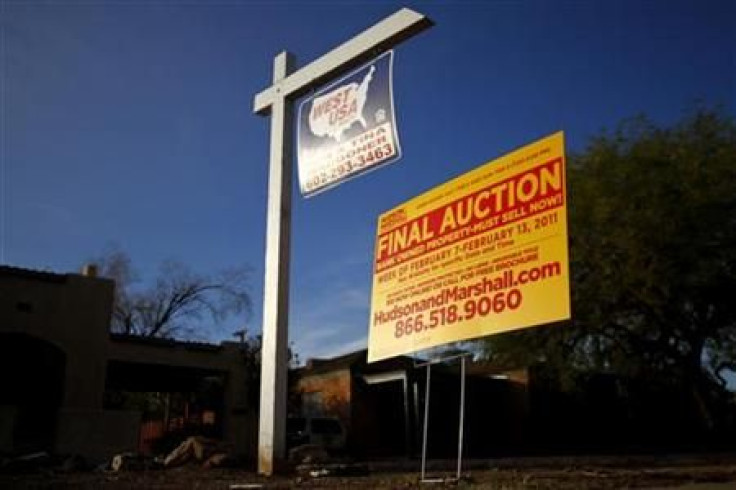Home Prices Rise, But Millions Of Homeowners Remain Underwater

For most homeowners, the tide is rising. Home prices have increased some 6 percent in the last 12 months and interest rates remain low. But eight years after the start of the housing crisis, millions of American homeowners are still underwater and struggling to recover.
The share of underwater mortgages increased in 21 of the 50 largest U.S. cities in the final three months of 2014. The overall share of homeowners who owe more on their houses than they are worth, otherwise known as the negative equity rate, decreased to 16.9 percent from 17 percent, according to Zillow.
The problem is particularly acute for low-income borrowers, whose home values are falling as the rest of the market edges upward. In previous years, soaring home values have lifted millions of homeowners out from underwater. But that trend doesn’t seem to be helping those in low-end homes, 27 percent of whom remain in the red.
It’s worse in some cities than others. In Philadelphia, which saw a 1.5 percent bump in its negative equity rate, 34 percent of low-end homes were underwater. In Atlanta and Detroit, that number was around 50 percent.
According to Zillow Chief Economist Dr. Stan Humphries, “Higher negative equity rates have become the new normal.” Although the number of underwater homeowners has fallen significantly since reaching 15 million in the depths of the recession, the number is plateauing at a rate about three times higher than economists see as healthy.
Still, there is some good news in recent housing reports. Economists expect negative equity rates to fall on the aggregate over the course of 2015 as home prices continue to rise. The question is how broadly the gains will be felt.
© Copyright IBTimes 2024. All rights reserved.












